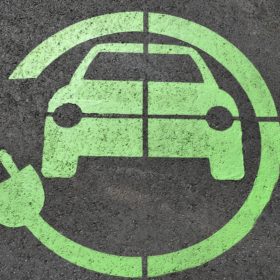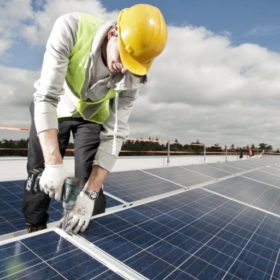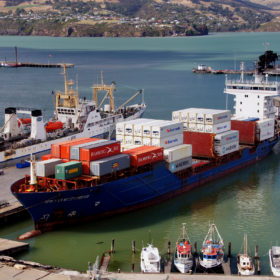Is solar eroding too much land? The EU thinks not
The EU’s Joint Research Center has created a comprehensive dataset to characterize the solar energy potential in the bloc’s 28 member states. The data shows even a 100-fold increase from current solar capacity would require a very limited amount of land – a lot less than wind power.
Australia is boosting shift to commercial EV fleets
The Australian Renewable Energy Agency and the governments of New South Wales and South Australia, grid operator Ausgrid and insurer NRMA, have awarded almost AU$500,000 to e-mobility start-up Evenergi to help businesses and consumers plan for the electric vehicle revolution.
Energy without borders
Germany has long been a global leader in driving acceptance of clean technologies through its progressive energy policies and regulations. Its influence in addressing climate change extends well beyond its borders, and the country is taking an active role to support the global energy transition through international cooperation. Germany has bilateral energy partnerships with approximately 20 countries, and its strong partnership with California is focused on creating a route to the future – a carbon-neutral one. State Secretary at the Federal Ministry for Economic Affairs and Energy Andreas Feicht met with pv magazine to discuss the country’s partnership with California, and its journey toward decarbonization.
India to fall well short of 175 GW renewables target
A report by Indian ratings agency CRISIL points to a rising rate of tender failures, an inconsistent policy approach from central and state governments and restrictive solar energy tariff caps and says India could have just 104 GW of renewables capacity by 2022.
German government wants 98 GW of solar by 2030
The new. more ambitious target is part of a climate protection program Berlin is now defining. The solar sector believes, however, 98 GW will not be enough to ensure the country’s energy transition.
It’s official: The bifacial tariff exemption is over
The office of the U.S. Trade Representative has removed the exemption of bifacial products from Section 201 tariffs, effective October 28.
Siemens backs 5 GW green hydrogen plan for Australia
A massive green hydrogen production project has been unveiled in Western Australia with Siemens on board as technology partner. The location has been touted as Australia’s best for solar and wind power generation potential.
World Bank: Nigeria’s mini-grid sector set to boom
A World Bank presentation in London drew an encouraging picture for the Nigerian market by explaining why the mini grid segment will take off in the next 12 months.
Solar and wind make coal unprofitable in Japan
Recent investments into 11 GW of new coal generation capacity may result in reduced operating cashflows of $71 billion. That will occur, according to a report from the Carbon Tracker Institute, because solar and wind will become cheaper than coal in Japan by 2025 at the latest, despite high renewable energy costs at present.
Roth: Trump administration could end bifacial tariff exemption
The U.S. Trade Representative has not responded to claims it will end the exemption from Section 201 duties. If true, the development could be a big hit for Asian PV manufacturers and an annoyance for the U.S. market – but a positive for First Solar.










